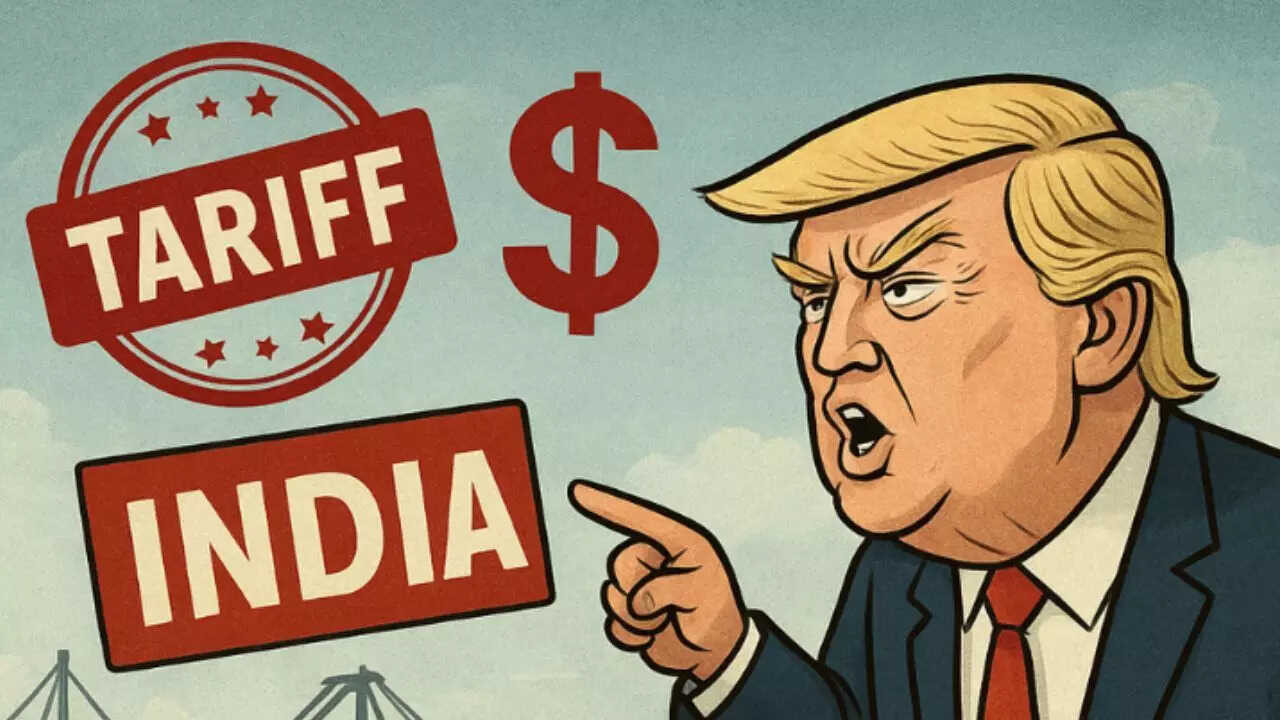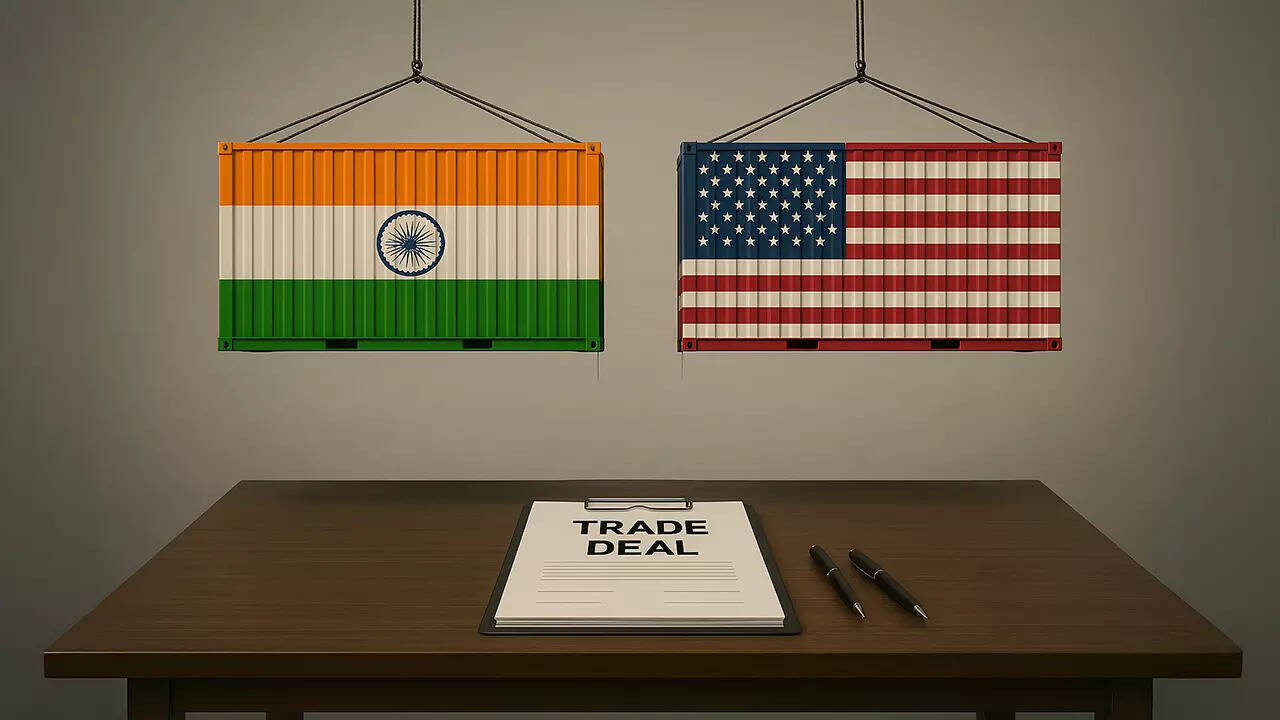The Commerce Ministry of India is developing a strategy. This strategy aims to support Indian exporters facing new US tariffs. The plan includes easing liquidity and offering flexibility to SEZ units. It also promotes import substitution. E-commerce export hubs will be operationalised. The government will focus on financial and non-financial support.
Navigating the Potential Storm: How India Plans to Weather Trump’s Tariff Threats
The global trade winds are shifting, and with the potential return of Donald Trump to the White House, Indian exporters are bracing for a possible tempest. Trump’s previous administration was marked by protectionist policies, including tariffs that sent ripples through international markets. Now, New Delhi isn’t just watching the weather; it’s actively building shelters.
The Indian Commerce Ministry is reportedly crafting a multi-pronged strategy designed to cushion the blow of any future tariff hikes imposed by a potential second Trump administration. It’s a proactive approach, recognizing that a reactive response might be too little, too late. What does this proactive approach look like? It’s a multi-layered defense system aimed at minimizing disruption and maintaining India’s competitive edge.
One of the core elements involves diversifying export destinations. The reliance on specific markets, while sometimes unavoidable, can be a vulnerability. This strategy proposes a concerted effort to explore and penetrate new markets, especially in regions where trade relationships are less susceptible to political whims. Think Southeast Asia, Africa, and Latin America – regions ripe with untapped potential.
Imagine a potter who sells all their wares in a single village. If the village has a bad harvest, the potter suffers. But if the potter sells in five villages, a bad harvest in one is less devastating. That’s the essence of export diversification.
Strategic Partnerships and Trade Agreements: Fortifying India’s Position
Beyond geographical diversification, India is also focusing on strengthening existing trade agreements and forging new partnerships. This involves actively engaging with countries and trade blocs that share a commitment to fair and open trade. The goal is to create a network of allies who can collectively advocate for a more balanced global trade landscape.
Think of it as building a coalition. Individual voices can be easily ignored, but a unified chorus carries far more weight. By deepening ties with like-minded nations, India aims to amplify its voice in international trade negotiations.
Another vital component of the plan focuses on boosting the competitiveness of Indian exports. This isn’t just about selling more; it’s about selling better. The emphasis is on enhancing product quality, improving infrastructure, and streamlining logistics. By reducing production costs and improving efficiency, Indian businesses can better withstand the impact of tariffs.
For example, investing in improved port facilities can dramatically reduce shipping times and costs, making Indian goods more attractive to buyers, even with potential tariffs factored in. Furthermore, government support for research and development can foster innovation and create higher-value products that are less price-sensitive.

Internal Strategies to Offset External Pressures
The Ministry’s draft plan also considers the potential for retaliatory measures and seeks to proactively address them. This includes identifying key sectors that might be particularly vulnerable and developing targeted support programs.
For instance, if certain agricultural products are hit with tariffs, the government might provide subsidies to farmers or explore alternative crops that are less susceptible to trade barriers. This kind of sector-specific support can help mitigate the impact on livelihoods and prevent widespread economic disruption.
Furthermore, the government is exploring ways to simplify trade regulations and reduce bureaucratic hurdles. By making it easier for businesses to navigate the complexities of international trade, India can enhance its overall attractiveness as a trading partner. This internal streamlining is crucial for ensuring that Indian exporters can compete effectively in the global marketplace. You might also enjoy reading about India’s evolving digital economy and how it interacts with global trade.
Preparing for the Future: India’s Proactive Trade Stance
This comprehensive plan isn’t just about reacting to potential challenges; it’s about proactively shaping India’s trade future. By focusing on diversification, strategic partnerships, enhanced competitiveness, and internal reforms, India is positioning itself to thrive in an increasingly complex global trade environment. The aim is to build a resilient and adaptable economy that can withstand the fluctuations of international politics and maintain its trajectory of growth.
India’s proactive measures show a commitment to its exporters and a willingness to navigate uncertain times. The world of international trade is a chess game, and India seems determined to make the most strategic moves possible. Instead of waiting to see what happens, India is preparing now, ensuring its businesses are ready for whatever the future holds.







